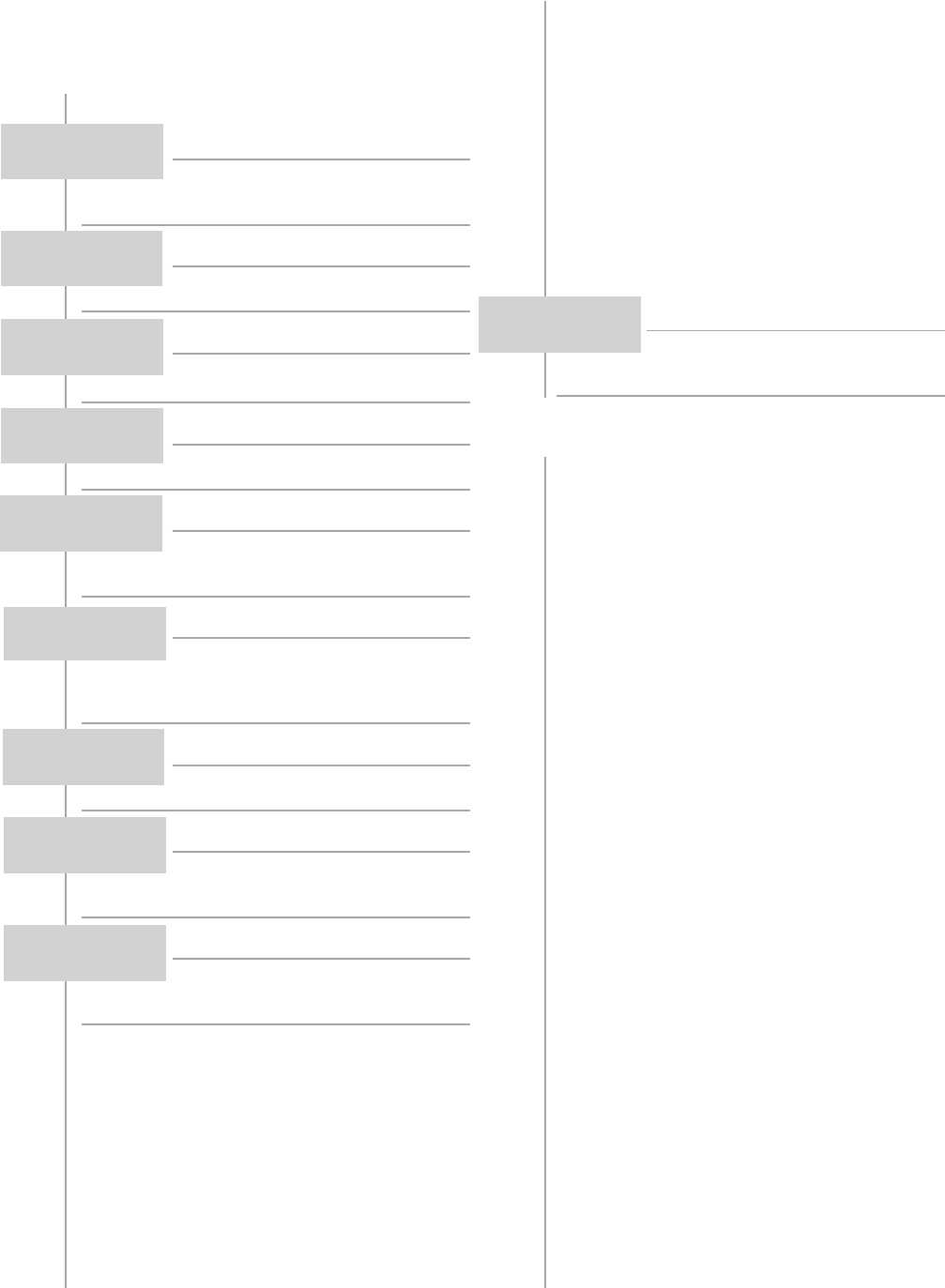
3
READ IMMEDIATELY
1.1 Important Information
Any work on the heat pump may only
be performed by an authorised and qualified
customer service.
The transport securing devices must
be removed after the transport.
The heat pump must not be tilted
more than max. 45° (in either direction).
Flush the heating system prior to
connecting the heat pump.
The supplied strainer is to be fitted in
the heat source inlet of the heat pump to protect
the evaporator against contamination.
The brine solution must consist of at
least 25 % of a frost and corrosion protection
agent on a monoethylene glycol or propylene
glycol basis.
The clockwise phase sequence must
be ensured when connecting the load lines.
Commissioning of the heat pump must
be performed in accordance with the installation
and operating manual of the heat pump controller.
All electrical circuits must be dis-
connected from the power supply prior to opening
the unit.
READ IMMEDIATELY
CAUTION!
CAUTION!
CAUTION!
CAUTION!
CAUTION!
CAUTION!
CAUTION!
CAUTION!
1.2 Legal Provisions and Guidelines
This heat pump conforms to all relevant DIN/VDE
regulations and EU directives. For details refer
to the EC Declaration of Conformity in the
appendix.
The electrical connection of the heat pump must
be performed according to and conforming with
all relevant VDE, EN and IEC standards. Beyond
that, the connection requirements of the local
utility companies have to be observed.
The heat pump is to be connected to the heat
source and heat distribution systems in accord-
ance with all applicable provisions.
Any work on the heat pump may only
be performed by an authorised and qualified
customer service.
1.3 Energy-Efficient Use of the Heat
Pump
By operating this heat pump you contribute to the
protection of our environment. A prerequisite for an
efficient operation is the proper design and sizing of
the heating system and the heat source system. In
particular, it is important to keep water flow
temperatures as low as possible. All energy
consumers connected should therefore be suitable
for low flow temperatures. A 1 K higher heating water
temperature corresponds to an increase in power
consumption of approx. 2.5 %. Underfloor heating
systems with flow temperatures between 30 °C and
40 °C are optimally suited for energy-efficient
operation.
1
CAUTION!
CAUTION!


















